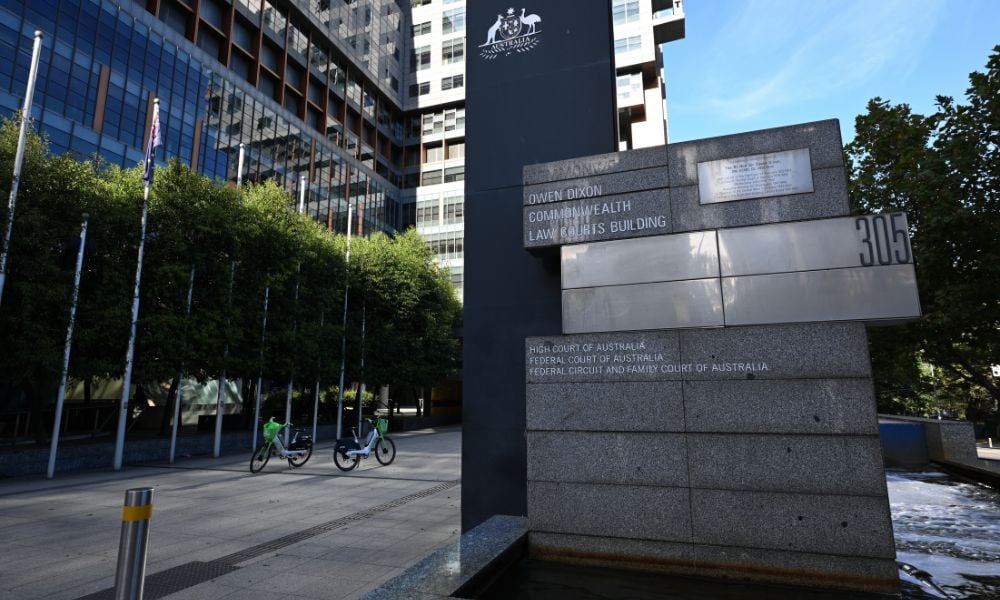
Decision says relief aims to result in clean separation of control and ownership

Australia’s Federal Court has issued a decision discharging two orders and releasing certain defendants from an undertaking in recent proceedings where a judge found oppressive conduct in the affairs of two companies.
This case was WIJOAV Services Pty Ltd v Goldstone Private Equity Pty Ltd (No 2), [2025] FCA 684. On 7 March 2025, in order 5, Justice Moore restrained the defendants from taking any steps, upon the plaintiffs’ counsel’s timely provision of the usual undertaking for damages:
On 14 April 2025, in paragraph 1, Justice Jackman recorded the third and fourth defendants’ undertaking that prevented them, until the determination of the proceedings, from moving forward with particular transactions or resolutions impacting the Goldstone fund, Neighbourly, or its other portfolio companies.
These transactions included steps to remove the second plaintiff as Neighbourly’s director. The undertaking involved giving the plaintiffs prior written notice and specified disclosures and obtaining the plaintiffs’ written consent or a further court order.
On 13 June 2025, in the principal judgment relevant to the present case, Justice Jackman saw oppressive conduct in the first and second defendants’ affairs and found a single decision-making structure appropriate for the Goldstone fund.
Justice Jackman considered timely and coherent decision-making necessary in circumstances involving starkly different views among the parties. The judge said necessary decisions respecting the Goldstone fund and its portfolio investments required certainty for the ongoing ownership of the shares and limited partnership interests.
Justice Jackman determined that resolutions dated 1 April 2025 effectively removed the first, second, and fifth defendants’ ability to perform within the Goldstone fund structure. The judge considered these resolutions oppressive but legally valid.
Justice Jackman ordered the third defendant to compulsorily purchase the first plaintiff’s shares and the second plaintiff’s limited partnership interests at a fair value set by the court.
The third defendant applied to discharge the interlocutory orders and undertakings made before the judgment.
Justice Jackman of the Federal Court of Australia issued orders:
First, the court determined that the ordered relief aimed to produce a clean and final separation of control and ownership, subject only to the valuation and damages process. The court said maintaining interim governance restrictions would frustrate that goal.
The court noted that it did not re-appoint the second plaintiff to her role as the first defendant’s managing director. Instead, the court deemed her termination invalid and her executive employment effective by operation of law.
The court held that the first defendant no longer had a meaningful role to perform in the Goldstone fund operations.
Second, the court found that the plaintiffs could not justify requesting the preservation of the interim orders and undertakings on the basis that the realisation of fund assets might impact valuation questions.
The court noted that it ordered any expert participating in the valuation process to calculate based on the valuation on the structure provided by order 6 dated 31 March 2025 and fix the valuation date to be in due course, regardless of the occurrence of actual realisations. The court said it did not need to freeze fund operations pending that process.
Third, the court ruled that the mere possibility of realising the assets before the conduct and determination of the valuation hearing would not prejudice the plaintiffs’ stance that the valuation should proceed based on a sale held in around 2029.
Fourth, the court noted that order 8 explicitly restrained the defendants from enforcing the restraint of trade provisions in clause 3.4 of the shareholders’ deed. The court added that the plaintiffs’ lack of freedom to deploy their abilities and resources in a substantially similar way in the future would compound the oppression that already occurred.
Thus, the court concluded that nothing prevented the second plaintiff from competing with the Goldstone fund or from establishing or joining another fund consistently with her own investment philosophy or governance preferences.